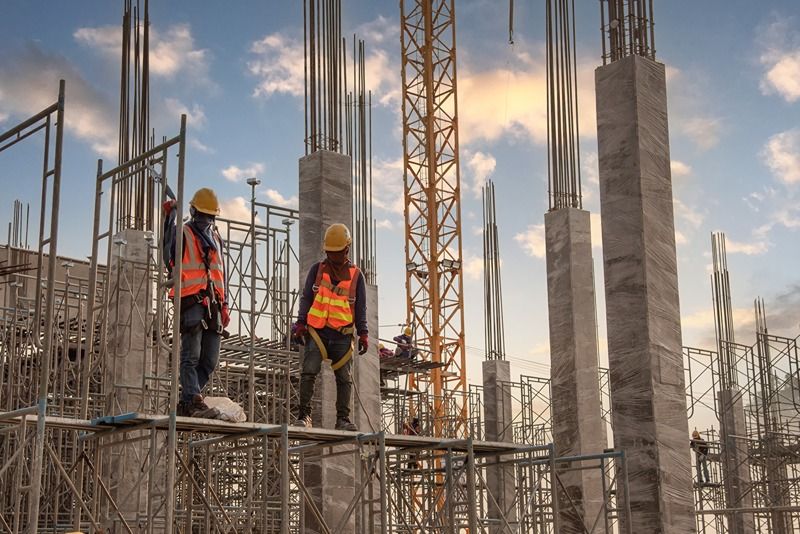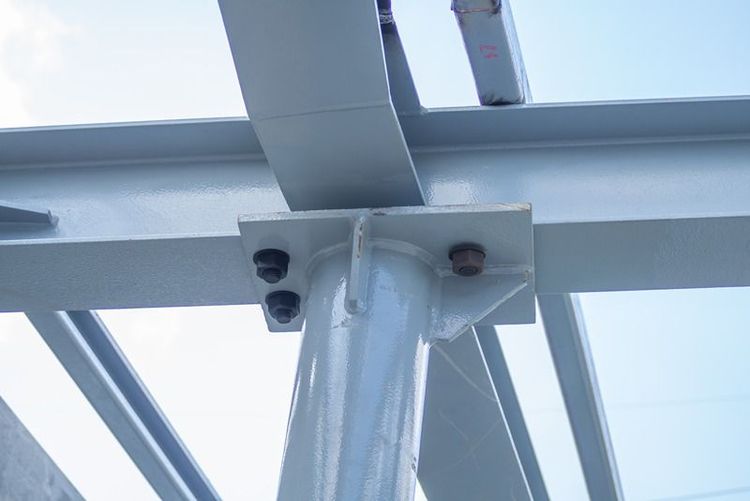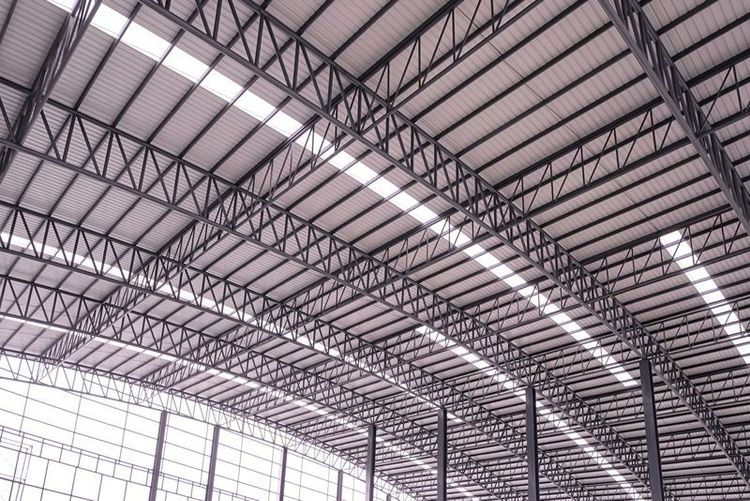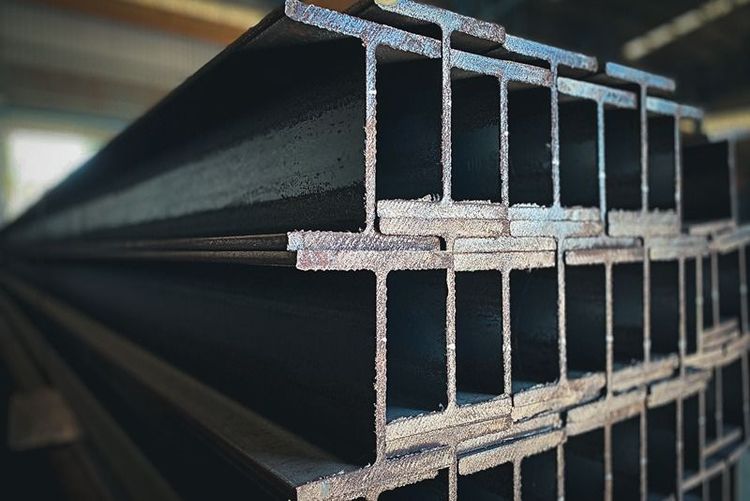Steel columns form the backbone of pre-engineered buildings (PEBs), serving as key load-bearing components. Their ability to efficiently transfer structural loads and withstand stress makes them indispensable for large-scale projects like warehouses, factories, and industrial complexes. In this article, we explore the structural importance of steel columns, their design considerations, and their impact on load-bearing capacity.
What makes steel columns integral to PEBs?
Steel columns are vertical structures designed to support both static and dynamic loads in a building. In PEBs, their role is particularly significant because these buildings are designed for efficiency, modularity, and quick assembly. The prefabricated nature of steel columns ensures precision in manufacturing and consistency in quality, aligning perfectly with the needs of PEBs.
How steel columns boost load-bearing capacity
1. Direct load transfer
Steel columns channel loads from the roof, walls, and other building components directly to the foundation. By managing both vertical and lateral forces, they ensure stability and prevent stress accumulation in other parts of the structure.
2. Compatibility with varied structural designs
Unlike traditional materials, steel columns are highly adaptable. They can be fabricated into different shapes—such as tubular, I-beam, or H-beam—each offering distinct load-handling capabilities. This versatility allows them to accommodate specific project requirements, whether for supporting tall racks in warehouses or accommodating heavy machinery in factories.
3. Efficient material use
Steel’s inherent strength ensures high performance even with reduced material usage. This quality not only minimizes construction costs but also simplifies the overall structural framework of PEBs, making it easier to expand or modify buildings in the future.







 +91 7208055523
+91 7208055523
 Help & support
Help & support
